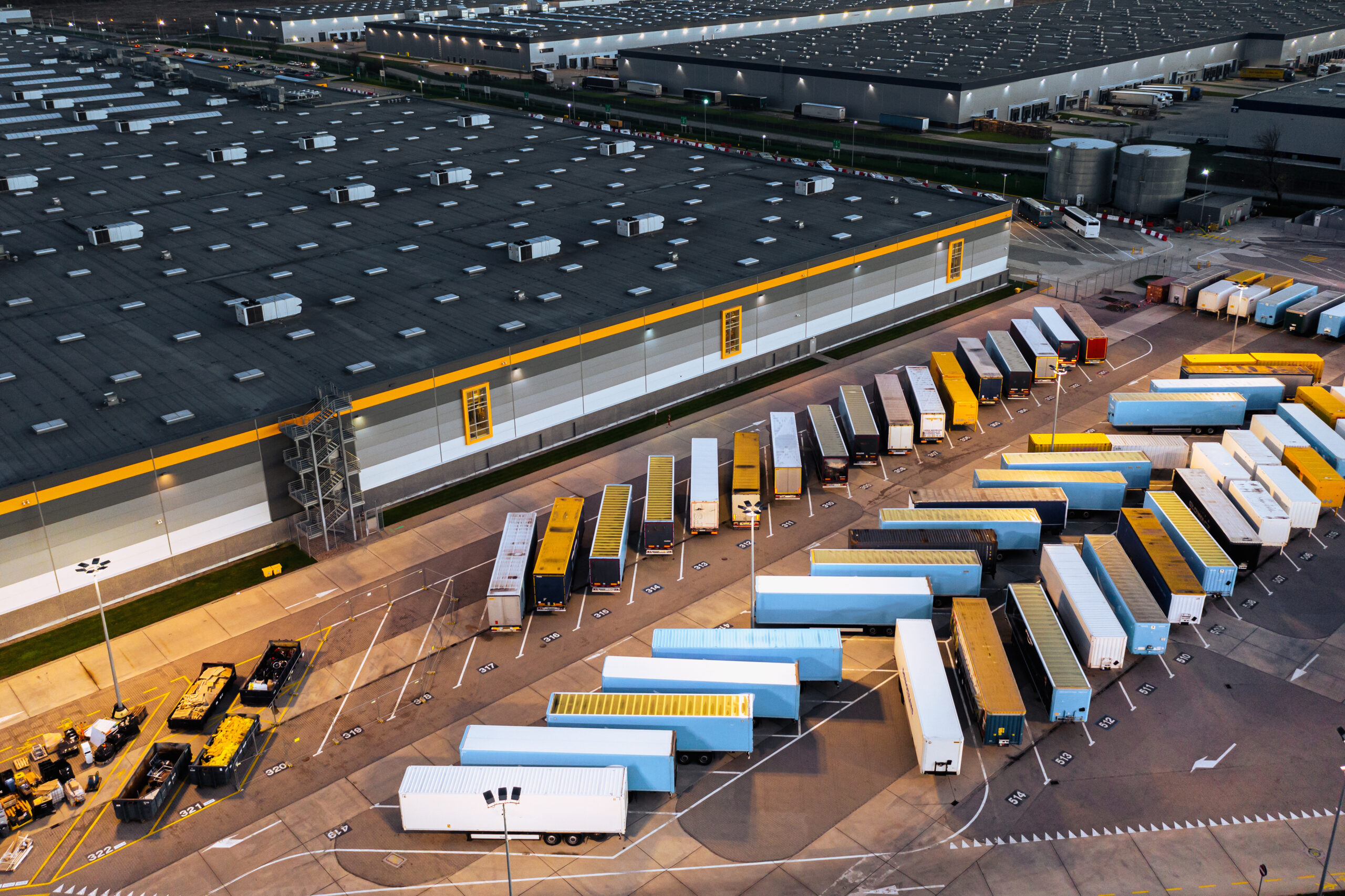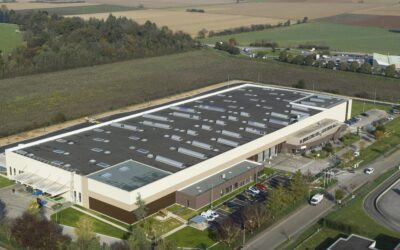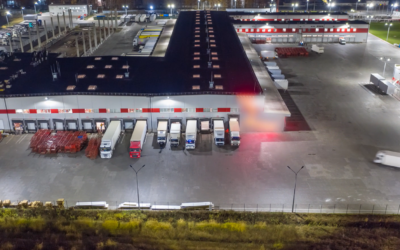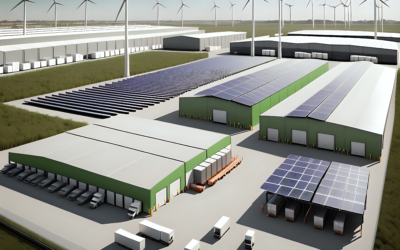A Structural Shift in Investment Priorities
The incoming German government intention to exempt defense spending from budget control measures and to allot €500 billion to an infrastructure fund marks a departure from its traditional fiscal conservatism. This fiscal loosening is a response to growing geopolitical tensions and the recognition that Europe’s economic security is closely tied to its industrial and defense capabilities. This strategic pivot aligns with the broader European Union defense industrial strategy, which emphasizes cross-border collaboration and SMEs involvement, supported by initiatives like the European Defense Fund (EDF), which allocated €1.065 billion in 2025 for collaborative R&D projects. These efforts aim to strengthen domestic supply chains, reduce reliance on external suppliers, and create a more resilient industrial base across member states.
Reindustrialization and Reshoring Impact
Presently, 80% of military hardware comes from outside the EU. European defense stocks have surged in recent weeks, suggesting markets think Europe will increase its domestic procurement. However, reversing decades of underinvestment in the defense sector could take over a decade, especially as existing supply chains are already strained by current demand.
Reshoring manufacturing and production closer to domestic markets presents several challenges, including higher labor costs, potential supply chain bottlenecks, and the need for significant investment in automation and talent development. However, it also offers numerous benefits, such as enhanced sustainability, resilience, and reduced geopolitical risks and costs. Embracing circular business models further strengthens innovative value chains, complementing the growing emphasis on localized production.
Implications for Industrial Real Estate
These initiatives are expected to create significant opportunities for the industrial real estate market across Europe. Key areas of impact include:
1. Expansion of Defense Manufacturing
The surge in defense budgets necessitates increased military equipment production, significantly boosting demand for specialized manufacturing facilities. While defense investment remains relatively small compared to Europe’s overall industrial base, the sector is currently running at full capacity, whereas European factories operate at less than 80% utilization. This shift presents an opportunity to revitalize manufacturing by repurposing underused facilities.
Illustrating this trend, defense consortium KNDS has agreed to acquire Alstom’s Görlitz rail manufacturing plant in Germany, planning to repurpose it for producing tanks and armored vehicles. Meanwhile, Germany’s Rheinmetall is investing €300 million to expand its facilities in Lower Saxony and repurpose two auto-parts plants. Additionally, Rheinmetall has expressed interest in acquiring Volkswagen’s Osnabrück plant, which is set to halt production, as a potential site for tank manufacturing.
2. Supply Chain Restructuring and Warehousing Demand
Efforts to localize defense supply chains require additional warehousing and logistics centers. This restructuring is expected to drive demand for such industrial spaces in strategic locations to ensure efficient movement of raw materials and finished goods.
3. Regional Impact
- Germany and France are expected to see the highest levels of government-backed industrial investment, translating into increased real estate demand in key logistics and manufacturing zones.
- Italy and Spain are also likely to benefit significantly, given their substantial manufacturing bases and strategic geographic positions for logistics and defense supply chains.
- Eastern European nations, such as Poland and the Czech Republic, could also experience increased industrial real estate demand as cost-competitive locations for manufacturing.
A New Structural Shift Boosting Momentum
In the short term, trade tensions and economic uncertainties may pose challenges, potentially slowing projected growth. However, these same uncertainties underscore the urgent need for resilience and self-reliance in strategic sectors. As governments push for localized production and stronger supply chains, demand for logistics hubs, manufacturing facilities, and industrial assets is set to grow—further reinforcing the structural momentum in logistics real estate.
Further Reading
- Ilzetzki, E. (2025). Guns and Growth: The Economic Consequences of Defense Buildups, Kiel Institute.
- Capgemini Research Institute (2024). Reindustrialization Strategies in Europe &US.
- The Economist (2025). Germany’s Defense Stocks Surge as Arms Makers Expand.
- WSJ (2025). Europe’s Factories Shift to Military Production.
- Reuters (2025). Germany’s Defense Industry and Economic Growth.





